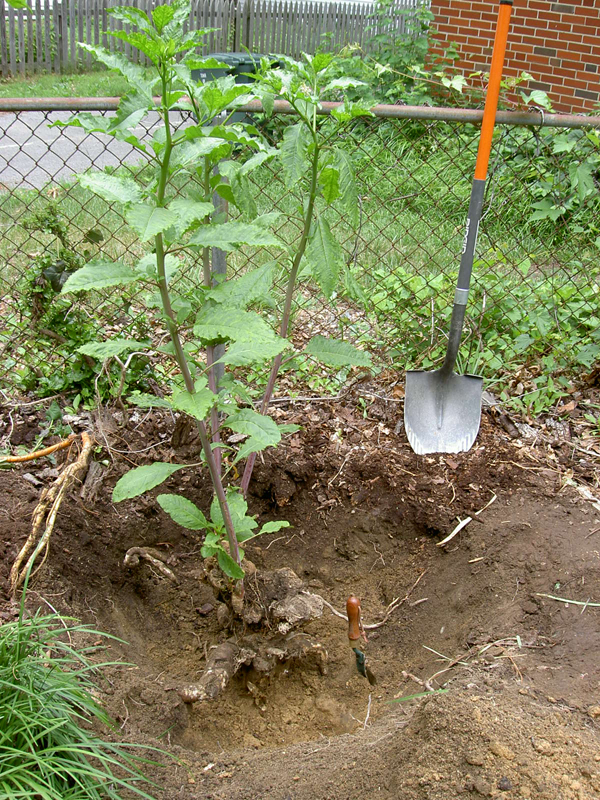This week has been rainy and I’ve focused on killing unwanted yard invaders. Chickweed is sprouting like crazy all over the town, spurred on by last year’s drought, and I’ve tried to clear the larger patches of it from the front yard. I’ve also tried to catch the dandelions before they go to seed, and have been moderately successful. I am not sure that the bare, slightly muddy, patches are better than the weeds, but I’m hoping the grass and violets will fill them in with time. I know that many people consider the violets themselves a weed — not to mention a sign of poor drainage — but I find them cheery and am happy to see them return. They, too, will spread, but more slowly than the plants that fling their seeds in all directions, so I tolerate them gladly.
I’ve taken advantage of the damp weather and wet ground to dig up more of the invasive liriope as well. I’m making slow but steady progress; I’m determined not to let the weeds get stronger over the next few months. Digging them up mid-summer was possible, but not a lot of fun, and I hope to have them well in hand by that point this year. In addition to killing things in our own yard, we lent our skills to the town for the civic association’s annual stream clean-up. Our contribution was to clear the invasive tree-strangling ivy from along the stream banks of one block of the town park. Yes, two hours of labor netted us two large contractor bags of ivy and one block cleared; that’s how prevalent the ivy is around here! In some instances the ivy had been previously cut but had grown back together and was refusing to die; in those cases we pulled the roots from the trunk, even though that can be harder on the tree. From all accounts the stream clean-up was a success, as there appeared to be enough volunteers to cover the entire length of the creek this year.

Ivy-damaged tree in the town park.
As I continue to clear the ground in our yard, I’m starting to need materials to cover it up again: plants and mulch. I purchased two cold hardy white azaleas for the left foundation bed, and they’ve been sitting on our porch while I collect the peat moss and humus that I need to plant them out properly. Azaleas grow well in the soil in our town, so I expect that if I plant them as recommended they’ll do well. This will be the first time I’ve planted a shrub, though, and I didn’t think the ‘plunking them in the ground’ approach that works so well with transplanting daylilies would suffice.

Plants waiting to be planted out.
In addition to the azaleas, I purchased a range of low-growing natives — woodland stonecrop, three types of woodland phlox, two varieties of crested iris — to fill out the front bed and the cleared area under the holly tree in the back yard. I’m hoping that the phlox will anchor both the soil and the mulch in the front and that the iris will spread into a nice ground cover in the back. Of course, this means that the coming week will be full of soil treatment and ground preparation, if it ever stops raining. Not that rain is bad; I’m grateful for it, especially after last year’s drought. It just means more time inside — and more money spent at the garden store — than I’d like.
